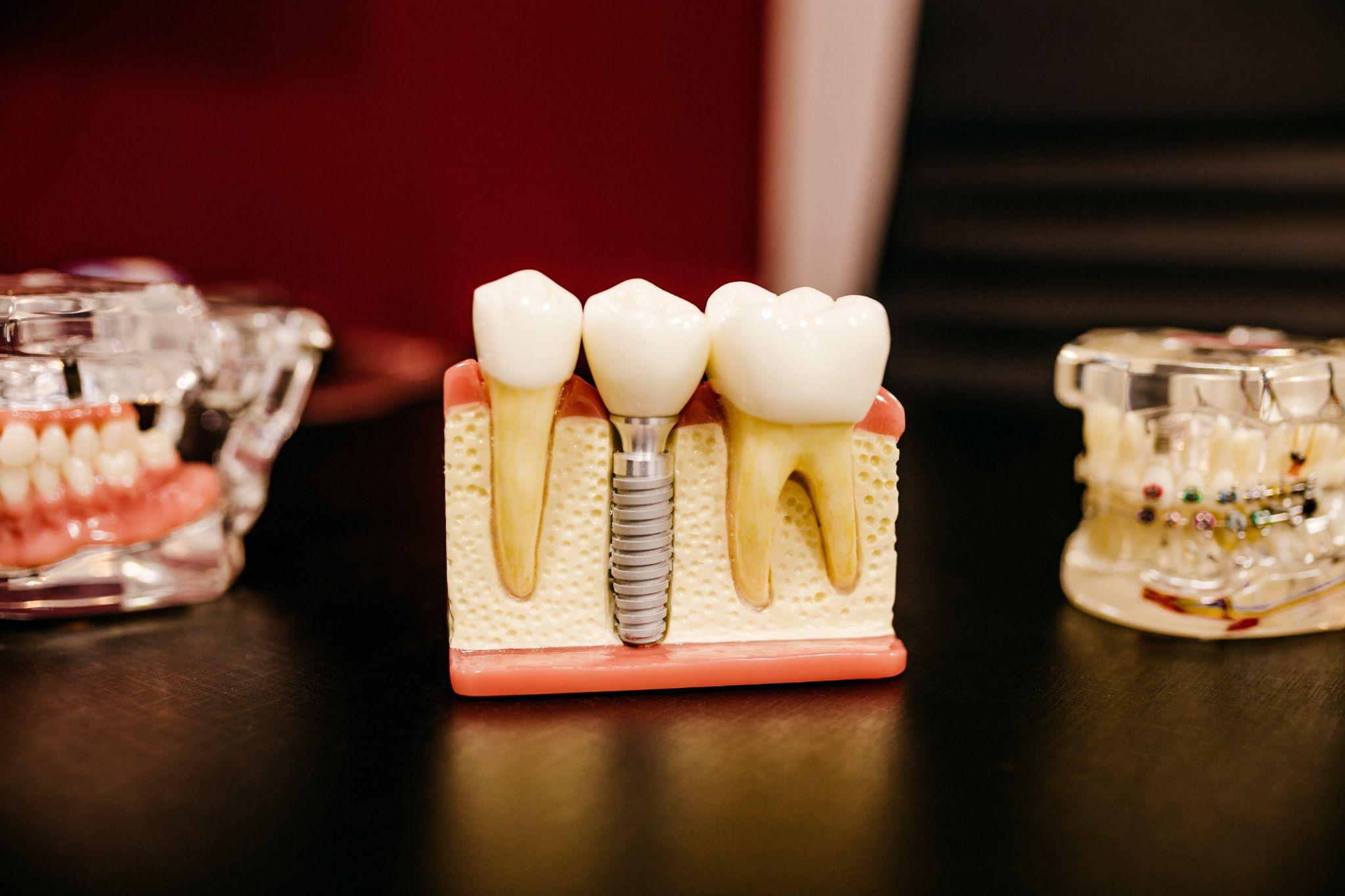A cosmetic dentist may permanently alter the appearance of your teeth by bonding porcelain veneers to the front surfaces of your teeth. Veneers are a great way to improve the size, shape, and color of your teeth. If you’re unhappy with your grin, this might be the solution you’ve been looking for.
Veneers may cover a single tooth or an entire row. They may be adjusted to better blend in with the patient’s existing teeth. This creates a grin that is symmetrical, natural, and uniquely beautiful for each individual patient, and is largely the reason veneers are worth the price you pay for them. Remember that veneers must always be covered with porcelain restorations. It is important to take your time in selecting a cosmetic dentist, since this is a long-term investment and you should be delighted with the outcomes.
Porcelain veneers, as opposed to composite veneers, are the veneer of choice among aesthetic dentists. Composite veneers usually only last between 5 and 7 years, but porcelain veneers may last anywhere from 10 to 30 years.
Exactly what are the benefits and drawbacks of porcelain veneers?
Pros
- It is widely accepted that traditional porcelain veneers may endure for decades.
- They are far quicker than braces or transparent aligners (https://en.wikipedia.org/wiki/Clear_aligners) at fixing small gaps and alignment concerns, but they may make your teeth seem almost perfect. Some even refer to them as “instant orthodontics” because of how quickly results may be seen.
- Veneers made of porcelain are resistant to stains (unlike composite veneers).
- Their transparency gives them an appearance that is very comparable to that of real teeth.
- They are very adaptable, with a wide range of color options.
- Veneers are thin shells of porcelain that are bonded to the front of teeth to improve their appearance and produce a uniform, beautiful smile.
- They make your teeth seem larger, which helps to reduce the appearance of a gummy grin.
Cons
- Typically, a little amount of tooth enamel must be filed away to create place for the veneer, making the procedure permanent. If the tooth is prepared too closely to the nerve, the patient may experience an increase in sensitivity.
- As a result, they risk seeming unrealistically flawless. If you want your teeth to seem more natural, your dentist may recommend making a few little adjustments.
- However, veneers cannot fix the fundamental problem that they are covering up, like crooked or gapped teeth unless you fix the remainder of your teeth first with braces or aligners.
- Grinding causes layers of porcelain to chip or break. Get a mouthguard if you find yourself grinding your teeth in your sleep.
- In the event of a veneer break, a repair is not an option; instead, a new veneer must be created at the patient’s expense.
If you’re wondering if you’re a suitable candidate for porcelain veneers, the answer is “yes.” A healthy mouth is a prerequisite for getting veneers. Your dentist will check for cavities and other problems to make sure your mouth is healthy enough for the procedure. To check the integrity of your teeth, they may also use X-rays.
It’s possible to go this method with some slight misalignment, but more severe cases will likely need to first get aligners or braces. A mouth guard is highly recommended for those who suffer from nighttime teeth grinding in order to protect their veneers from chipping. If you tend to clench your teeth or grind your teeth in your sleep, you should talk to your dentist about the possibility of getting crowns rather than veneers since crowns are a more durable treatment.
Before choosing a veneer color with your dentist, whiten your natural teeth unless you’re getting them entirely replaced. Even though you’ll need to whiten your natural teeth between veneer appointments, this is the best way to guarantee that your teeth are uniform in color and shape.
When and how do you use a porcelain veneer?
Veneers take three visits to the dentist at minimum.
- It is common practice to show patients what they might look like with various tooth sizes, shapes, and colors using a computer simulation or mock-up during the first consultation. A “workup” model, designed to fit inside your mouth, may also be provided so you may preview how veneers will change your smile.
- To ensure your comfort during the veneer preparation process, your dentist will administer a local anesthetic before removing about 0.5 mm of enamel (the veneer’s thickness) from your teeth. If you want it, the dentist may also file down the enamel on the chewing surfaces of your teeth to make them seem shorter.
- Full-prep veneer requires the removal of enamel. If your smile is in relatively good repair, your dentist may be able to place veneers with minimum or no enamel removal on your teeth.
- Next, you’ll have impressions of your teeth made by your dentist, which will be sent to a lab or ceramist so they can craft your new veneers. This usually takes between a week and a few weeks. Expert ceramicists can give your veneers a lifelike finish by painstakingly painting each layer by hand.
- Temporary veneers will be provided by your dentist in the meantime.
- During this interim period, you should stay away from foods and drinks that are very acidic, sweet, spicy, or cold. Temporary teeth are not as robust as natural teeth or permanent veneers, therefore it’s best to avoid chewing on tough items (steak, bagels, apples, etc.) for the time being.
- You’ll be sedated with some local anesthetic throughout the veneering process. When you’re completely numbed, your dentist will test in the veneers and make any necessary adjustments.
- The teeth will be roughened up so that the veneers have something to grab onto, and then a small coating of bonding cement will be applied. When the veneers are in place, a special light will be used to speed up the curing of the cement’s quick-drying ingredients.
- The dentist will check your bite after veneers are applied and make any required modifications. To put a time frame on how long you’ll be in the dentist’s chair, figure on spending three hours there for every ten teeth.


